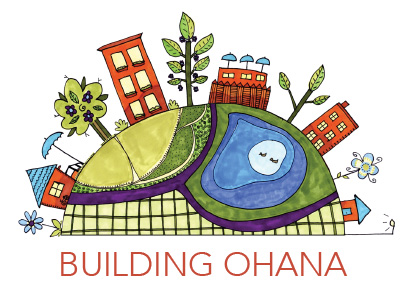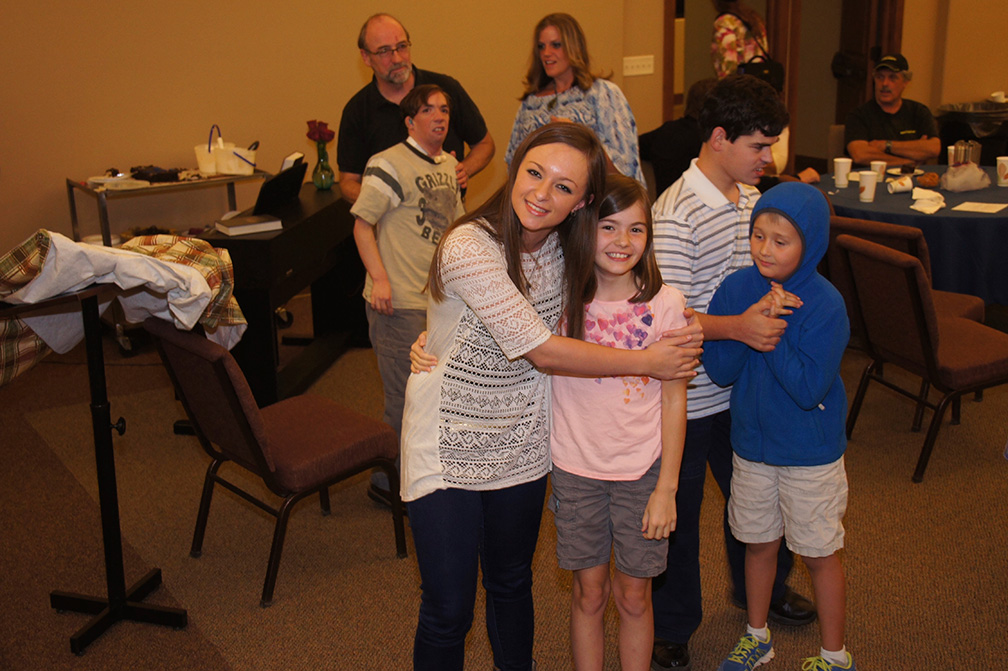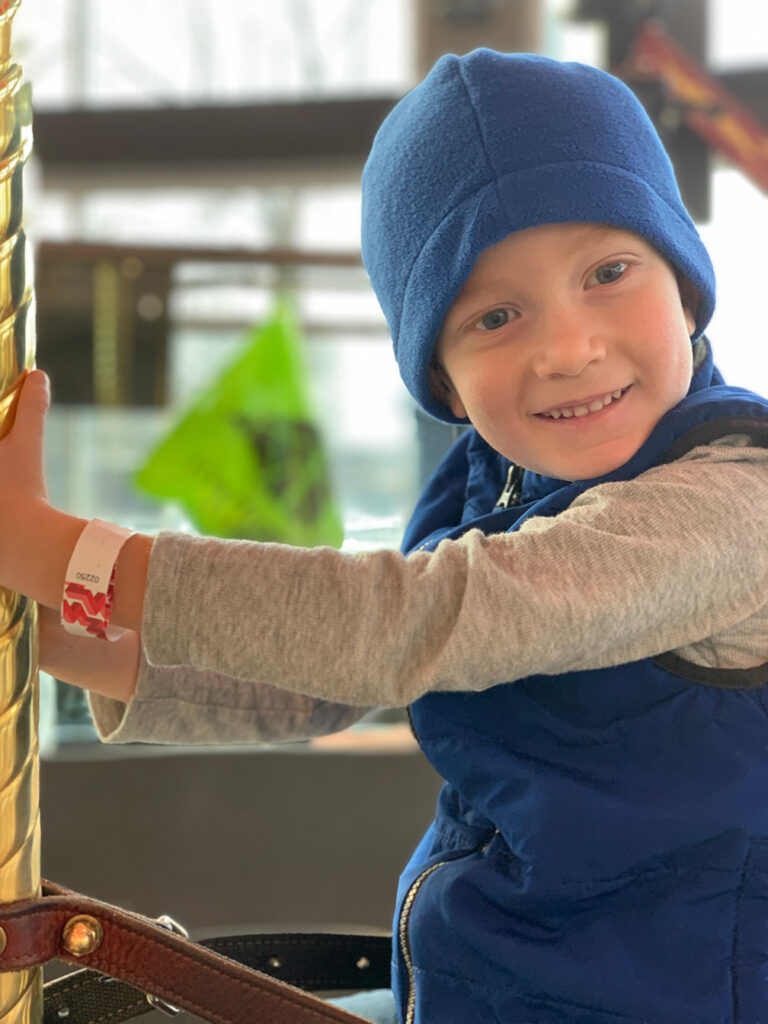Place: Resources
A Deeper Dive…
Why Buildings for Autistic People are Better for Everyone
“Architecture can address the needs of occupants with ASD. That is because buildings accommodate the needs of their occupants through spatial configuration, acoustics, lighting, temperature, air quality, furnishings and finishes. A common hypothesis in the literature is that modulating these features of the physical environment can help all occupants relax and focus.”
Biophilic Design Can Benefit People With Special Needs
“Biophilic design is understanding that there is a human desire to connect with nature. There are cognitive, psychological and physical benefits to connecting to nature.”
Autism Friendly Design
“The 2011-2021 AHP Housing survey indicated there were a number of modifications that were deemed helpful or necessary by a significant number of respondents, including over 50% who would benefit from sound-proof bedrooms, durable construction, and a fenced in yard, and over 20% who would benefit from unbreakable glass, and floor drains in bathrooms. Design that anticipates these needs will result in residents preserving tenancy, fewer stress-induced meltdowns, lower repair bills, and less need for costly support staff to facilitate interaction with the environment.”
Building Healthy Places Toolkit
The Building Healthy Places Toolkit outlines opportunities to enhance health through changes in approaches to buildings and projects. Developers, owners, property managers, designers, investors, and others involved in real estate decision making can use these strategies and tactics to create places that contribute to healthier people and communities and to enhance and preserve value.
Pocket Neighborhoods: Building Blocks for Resilient Communities
“Pocket neighborhoods are small groups of houses or apartments gathered around a shared open space. They might take the form of a garden courtyard, a pedestrian street, a series of joined backyards, or a reclaimed alley. These clusters form at a sub-block scale in a semi-private zone of ownership. Think of them as a neighborhood within a neighborhood.”
Green Building for All: Green Building is Key to Affordable Housing
“Families residing in green developments saved an average of $96 per year, and seniors saved more than $122 per year more on energy costs when compared to non-green developments.”
Beyond 50.05 A Report to the Nation on Livable Communities: Creating Environments for Successful Aging. AARP
“This report explores the connections between a livable community and community engagement among its residents and shows how both affect the “successful aging” of its residents.”
Transformative placemaking: A framework to create connected, vibrant, and inclusive communities. Brookings Institution.
“Transformative placemaking supports planning processes, programming, and investments that value inclusion and equity at their core.”
Opening Doors: A Discussion of Residential Options For Adults Living With Autism And Related Disorders
“How do we as a society respond to the pressing question … that’s looming today for millions of parents of children with autism: Who will care for my child when I’m no longer able to do so?”
Advancing Full Spectrum Housing: Designing for Adults with Autism Spectrum Disorders
“This report introduces housing providers, architects, developers, planners, public officials, and others involved in the residential development industry to conditions and aspirations of adults with ASDs that demand a new approach to how we provide, design, and develop homes in which they live.”










